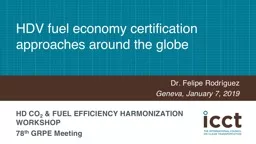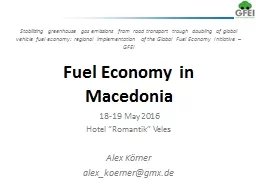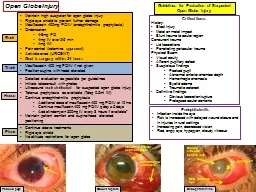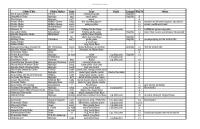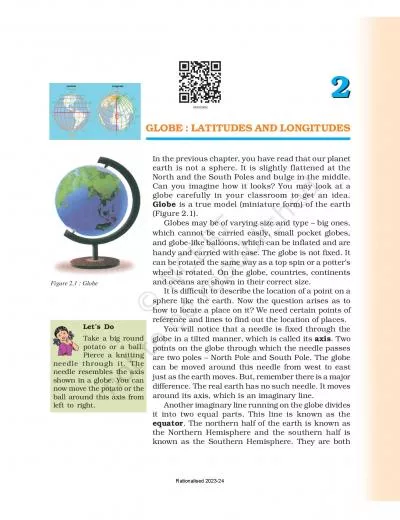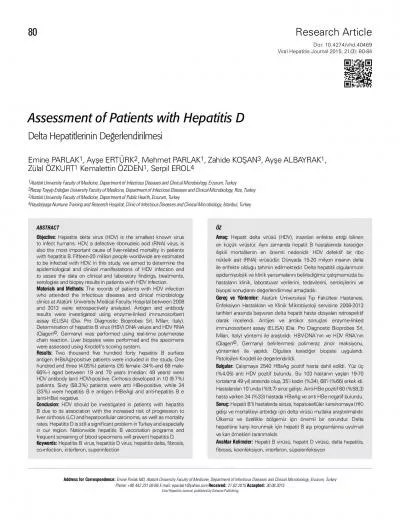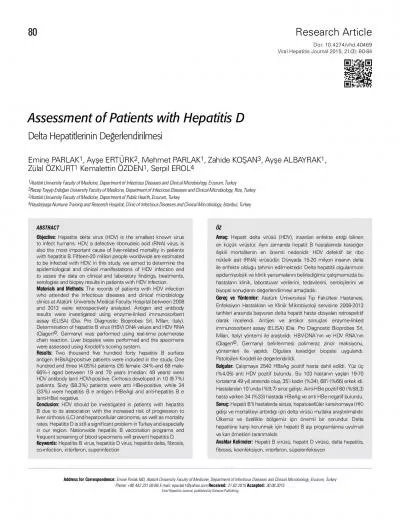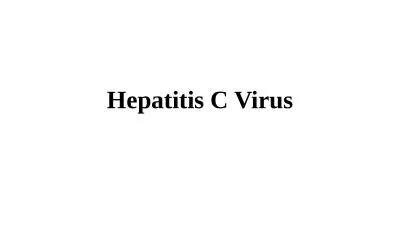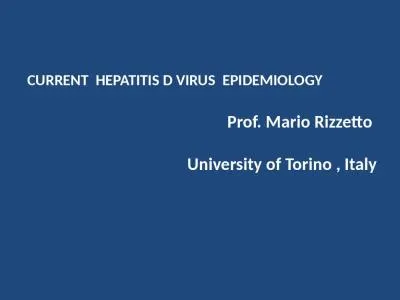PPT-HDV fuel economy certification approaches around the globe
Author : olivia-moreira | Published Date : 2019-12-18
HDV fuel economy certification approaches around the globe Dr Felipe Rodríguez Geneva January 7 2019 HD CO 2 amp FUEL EFFICIENCY HARMONIZATION WORKSHOP 78 th GRPE
Presentation Embed Code
Download Presentation
Download Presentation The PPT/PDF document "HDV fuel economy certification approache..." is the property of its rightful owner. Permission is granted to download and print the materials on this website for personal, non-commercial use only, and to display it on your personal computer provided you do not modify the materials and that you retain all copyright notices contained in the materials. By downloading content from our website, you accept the terms of this agreement.
HDV fuel economy certification approaches around the globe: Transcript
Download Rules Of Document
"HDV fuel economy certification approaches around the globe"The content belongs to its owner. You may download and print it for personal use, without modification, and keep all copyright notices. By downloading, you agree to these terms.
Related Documents

